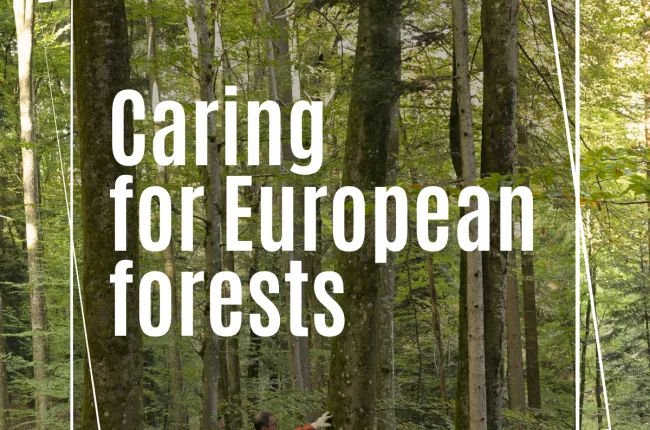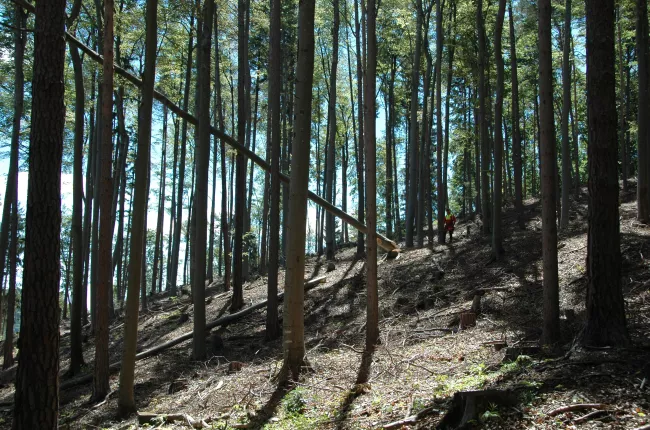In RED III, the Council highlights the need of sustainable forest management as part of the harvesting criteria. Additionally, Member States acknowledge highly biodiverse forests as no-go areas for bioenergy sourcing only if these forests have been identified scientifically or administratively by the competent authorities as being very rich in biodiversity. Lastly, Member States take a more balanced approach regarding the cascading principle by opposing the legally binding delegated act proposed by the Commission. Nevertheless, concerns still relate to the unnecessary limitations and increased administrative burden for wood-based bioenergy which could hamper the goal of decarbonising Europe and decrease forest owners´ profitability.
In LULUCF, the Council sets a carbon sink target in line with the Commission and the Parliament: the EU Member States shall reach a carbon sink of 310 Mt CO2 in the EU by 2030. Since the target is very ambitious, it could lead into a situation where some Member States need to limit their harvesting levels. This would hinder the availability of woody biomass for society´s needs. However, Member States call for more flexibility when implementing their national carbon removal targets. Due to the increased flexibility, member states would not be forced to commit to yearly carbon removal targets which gives them more room for long-term planning when implementing their climate policies. Hence, according to the Council, new categories of carbon storage products should be introduced in addition to the harvested wood products. This position can be seen as a good signal for the use of wood-based products.
The European Parliament has already adopted its position on LULUCF, and the position on RED III will be voted after summer. After this, trilogues on both files will start in autumn. As both proposals have provisions with impact on European forest owners, it is necessary that forest owners views are duly considered in the coming discussions.




